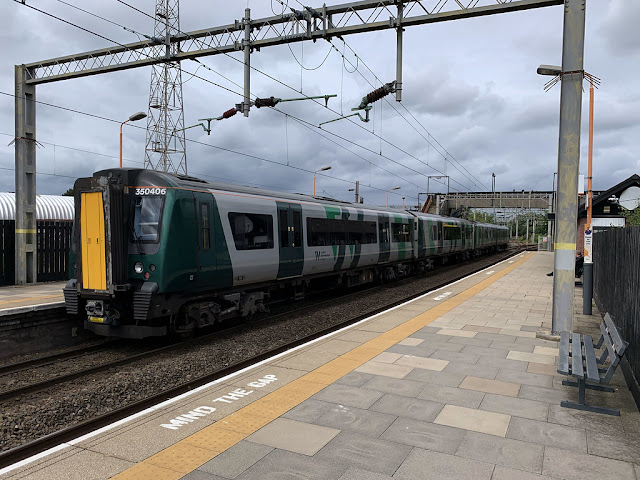Wembley Central is a stop on the London Underground Bakerloo Line in North London between
Stonebridge Park and
North Wembley. It is also a stop on the London Overground Watford DC Line. There is also a limited service on the West Coast Main Line.
 |
| Bakerloo Line 3241 prepares to depart |
| Information |
| Type: |
National Rail
(West Coast Main Line)
Transport for London (Bakerloo Line &
London Overground Watford DC Line) |
| Station code: |
WMB |
| Opened: |
1842 |
| Platforms: |
6 |
The station was opened as
Sudbury by the London & Birmingham Railway in 1842. It was renamed
Sudbury & Wembley in 1882 [1]. The LNWR New Line, nowadays part of the London Overground, opened in 1910, the station was renamed
Wembley for Sudbury. The Bakerloo Line began operating from the station in 1917. The station was renamed
Wembley Central in 1948.





































